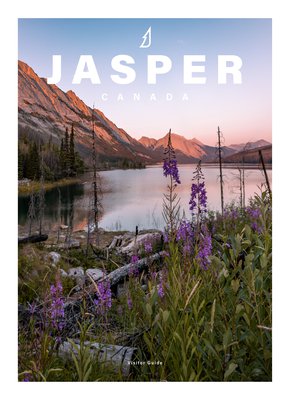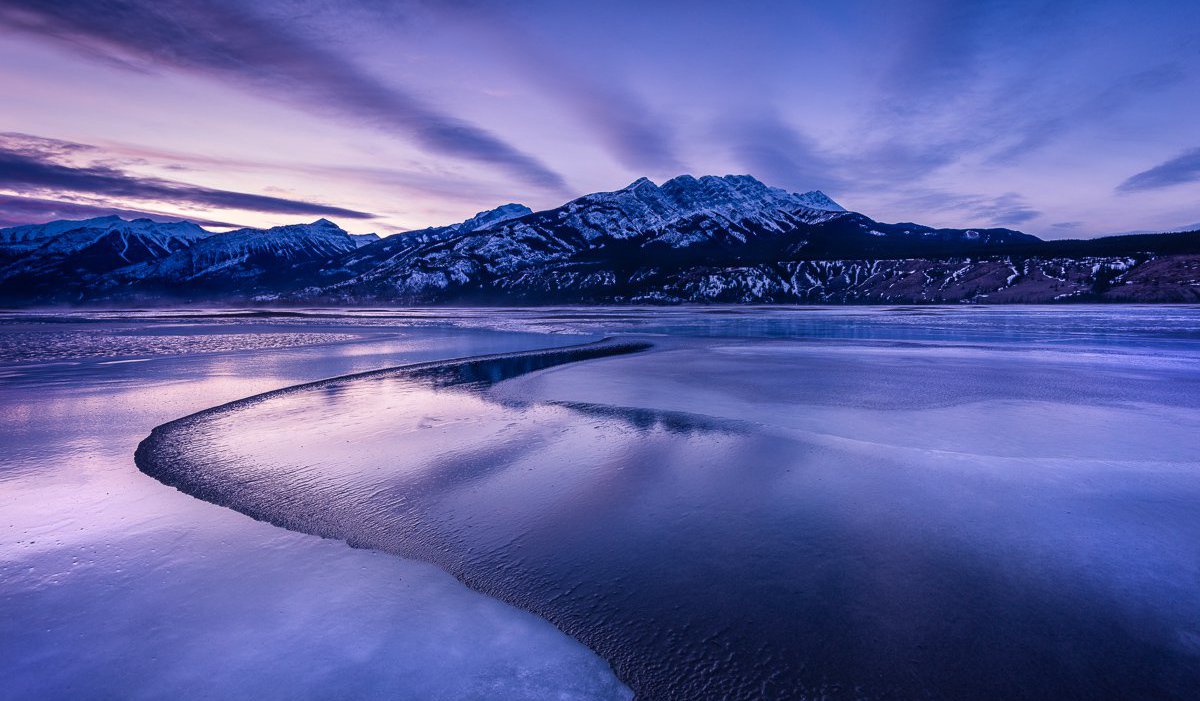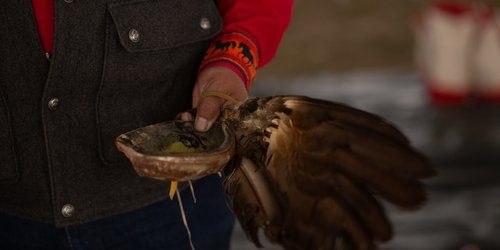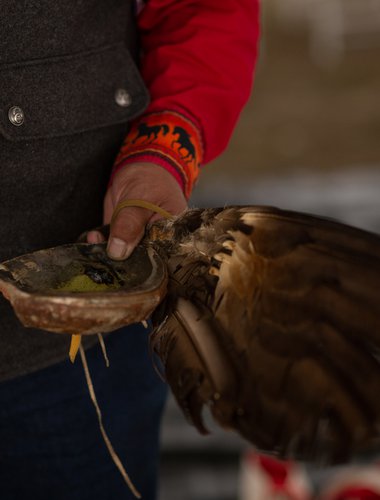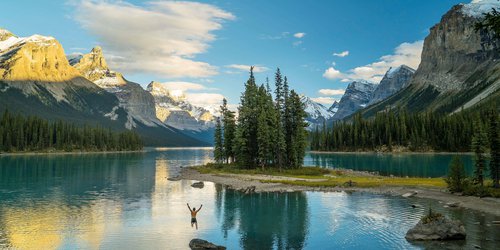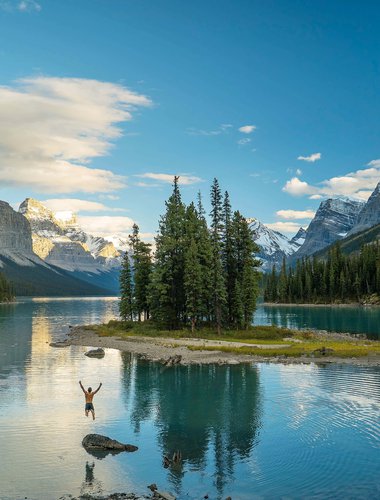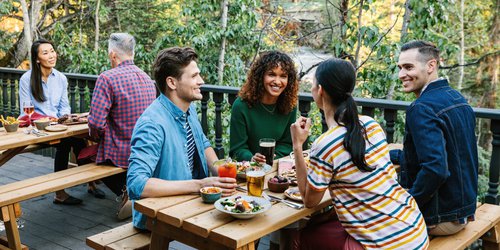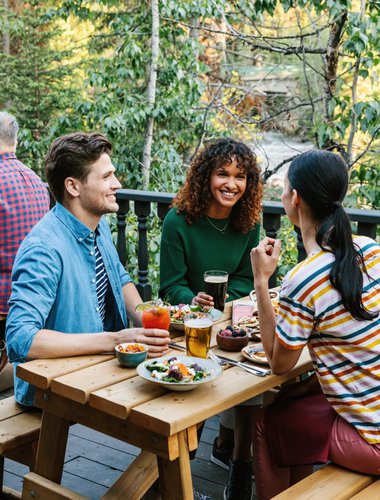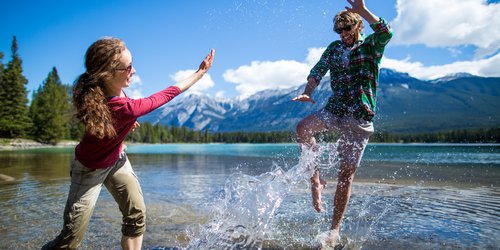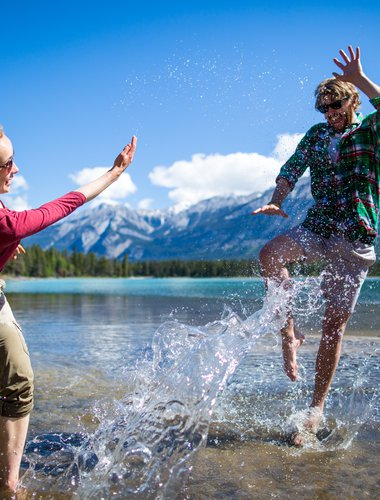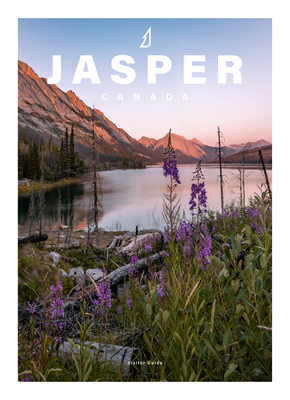Getting great shots in the winter can involve a bit more prep and know-how but it is so, so worth it.
Sometimes the best photographs come from the trickiest situations. Although carrying a camera into the dark predawn chill of December might seem a dire option when compared to burrowing further into that blanket nest you’ve made for yourself, the photos you get might be your new portfolio favs.
To help guide you through the thicket of frozen fingers and fogged lenses, Jeff Lewis (of local touring outfit Jasper Photo Guide) has written some tips for winter photography that’ll turn your images from drab to fab, and help keep you happy while capturing them.
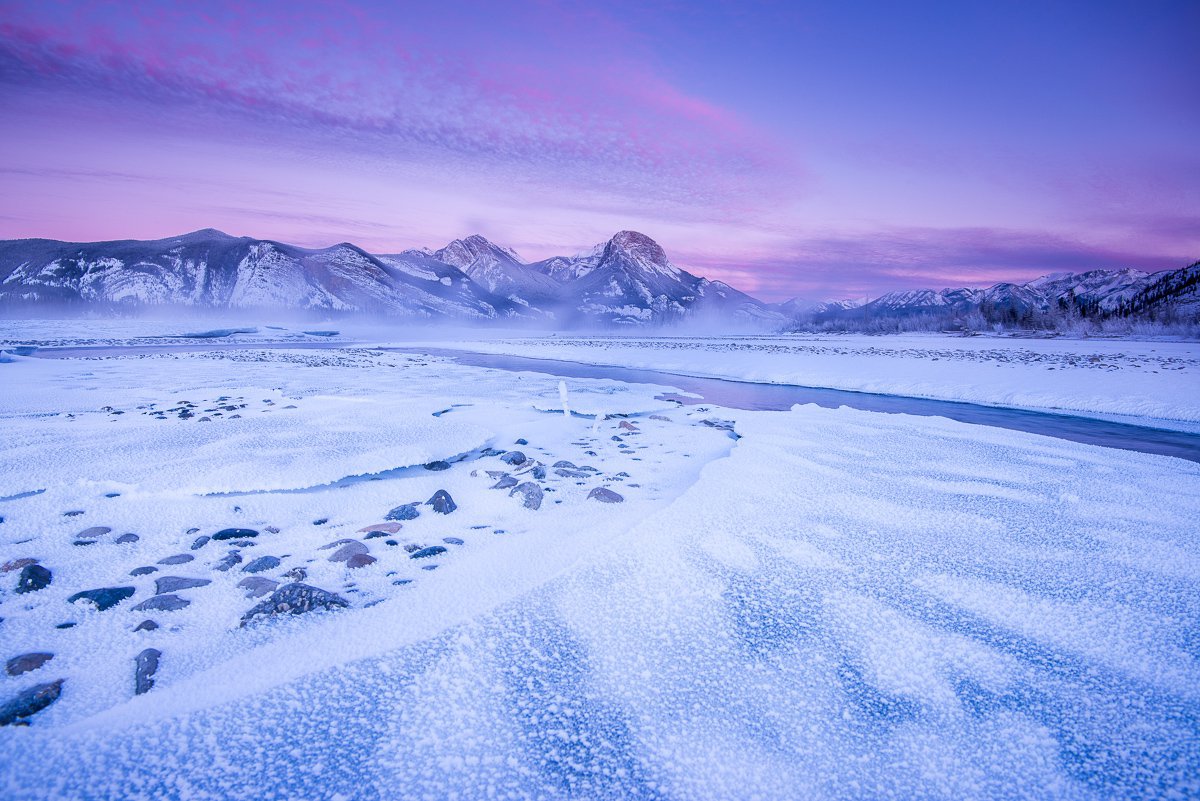
1 Enjoy the later sunrises and sleep in a bit
Days are short in the winter--really short. While that means there is a lot of darkness, which is great for astrophotography, it also means you don’t have to get up so early for sunrise! Stay in bed until 7, have a coffee and still catch first light at 9am.
2 Wear comfortable, warm gear
Every season in the Rockies comes with unpredictable weather, but cold is king in the winter months. I find the best way to stay warm is by layering clothing. A warm merino wool base layer goes next to my skin, followed by mid-weight fleece or jacket on top of that. Depending on the day I use a waterproof shell jacket as the cherry on top, or a thick down jacket for those -30C days. I also wear two pairs of gloves: a thin fleece glove for handling my camera and big mittens over those for walking around or waiting for the good light.
3 Keep safety top of mind
Be aware of how thick ice is if you’re planning on walking on it to try and find those elusive “ice bubbles”. A number of lakes and all rivers have fluctuating water levels as they freeze, so ice tends to form in “shelves”. When the running water vacates the shelf, the weakened ice could send you into the freezing waters of the Maligne River…trust me, I know this from experience!
4 Overexpose your shots…just a little
Cameras are calibrated to produce a neutral tonality when they meter (aka measuring the brightness of) a scene. With winter scenes being mostly dominated by snow, your camera will want to render a darker overall image to compensate for the bright snow. Unless that’s the mood you’re going for, set your exposure compensation one or two stops above what your camera is metering for -- this way you will have a bright snowy scene!
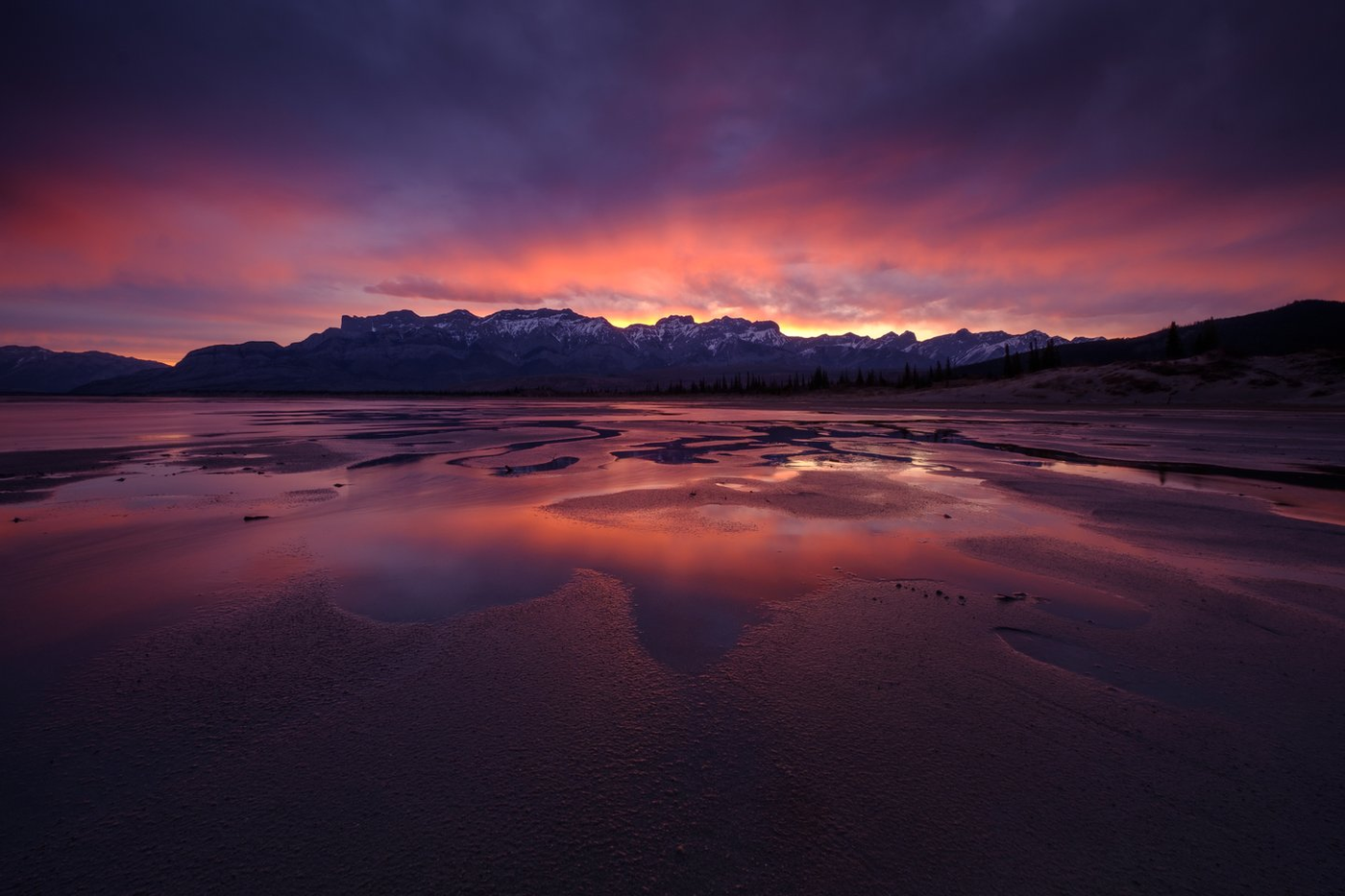
5 Adjust shutter speed to the pace of falling snow
Streaks or no streaks? Depending on your shutter speed, falling snow can look like a blurred streak in your frame, or can be suspended in time if your shutter speed is fast enough. But what is fast enough? If it’s a calm day with flakes gently falling to the ground, try setting the shutter speed to 1/125s and see if it has the desired effect. If conditions are windy or more blizzard-inspired, you may need to ramp it up to around 1/250s or 1/400s to freeze those mini missiles. If you have a macro lens, get down on the ground and get lost in the miniature world of each snowflake.
6 Give your gear time to warm up slowly
Bringing your camera gear inside from the cold can cause condensation or moisture to build up on your kit. A good practice is to put your camera gear in your bag when you’re outside, bring the bag inside, but leave your gear in the bag and let it warm up to room temperature before you go digging in there. If you want to edit right away, take your memory card out when you’re done shooting, but leave the camera and lenses in the bag.
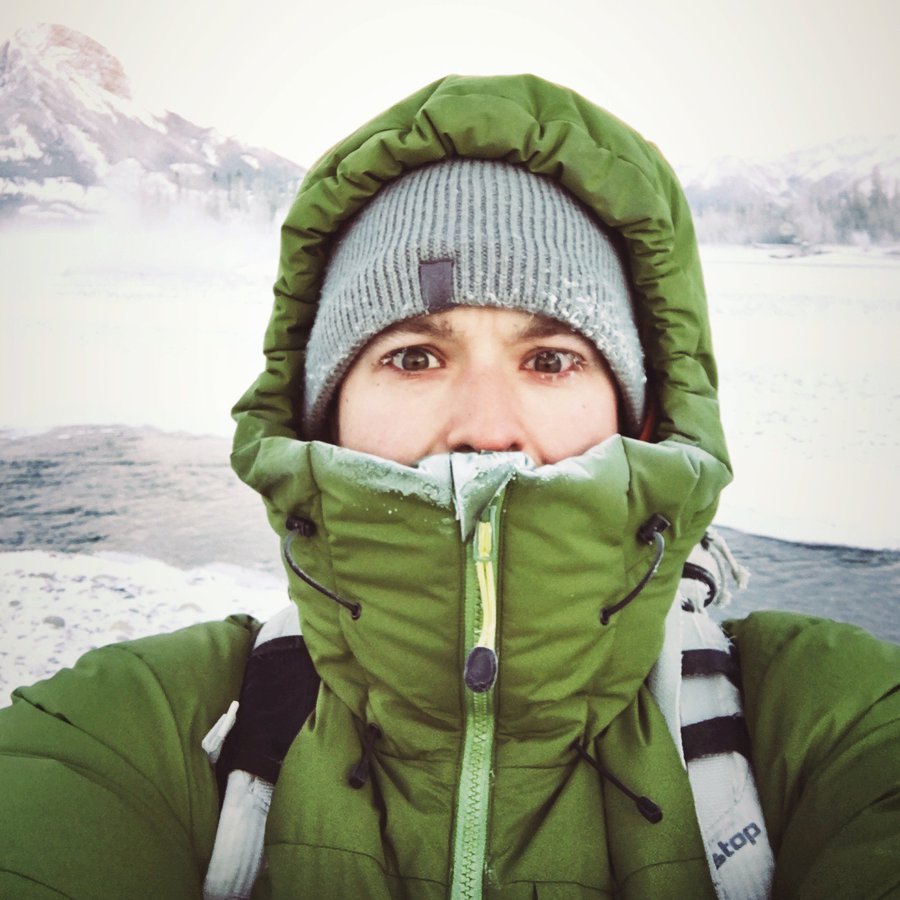
Jeff Lewis is no stranger to winter photography, and stresses the importance of dressing appropriately for the weather.
7 Keep batteries warm
Want to maximize your time outside? Learn to get the most out of your gear! I keep all of my batteries in the pockets closest to my body, i.e. a chest pocket, to keep them warm and ready to go. Sometimes you can even get a little extra out of a cold battery by warming it up for a few minutes.
